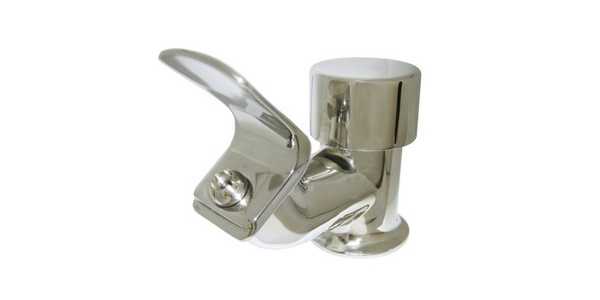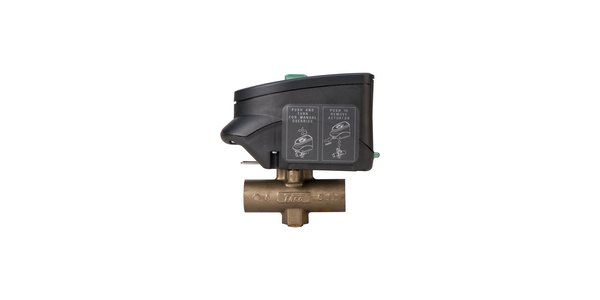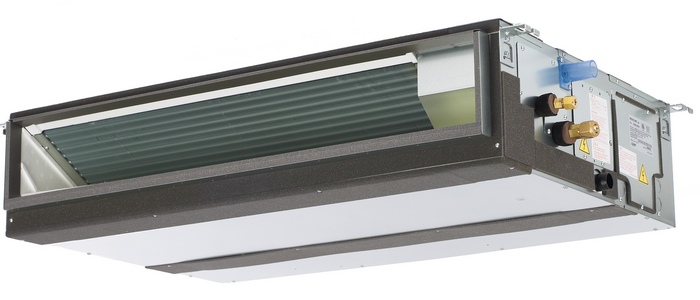Stainless Steel Classroom Faucet, Bubbler Protect Quality of Drinking Water

FRANKLIN PARK, Ill. – Just Manufacturing offers an ADA-compliant 100 percent Type 304 cast stainless steel vandal-resistant faucet (JSFVR-5) and a 100 percent Type 304 cast stainless steel drinking fountain bubbler (JSB-10) to help promote drinking water safety in the academic environment. Bacterial growth is reduced through the use of Type 304 stainless steel. For vandal resistance, a Type 304 stainless pipe faucet spout is five times the strength of a tubular brass spout.
Stainless steel, known for durability, cleanability and nonporous surfaces, is also material used in water supply fixtures like faucets and bubblers. When these fixtures are composed entirely of Type 304 stainless steel, inside and out, it reduces potential sources of contamination, while providing maximum protection to drinking water and human health. Stainless steel is also highly durable, reducing maintenance and replacement costs and lasts a lifetime if taken care of properly. Unlike brass, the finish cannot be “worn off” over time.
Totally lead free and vandal resistant, the JSFVR-5 faucet features an attractive 100 percent stainless steel body and pipe spout with a polished stainless mirror finish, cast solid lever handles, ceramic replaceable disc cartridges and water-saving integral aerators. The faucet is certified to NSF/ANSI 61/9-G-NSF372 and AB-1953.
Stainless steel fixtures are more scratch resistant and more durable than alternative materials, which are subject to scaling or permanent damage that can provide a breeding ground for pathogens and microorganisms.
Drinking fountain bubblers, regularly used in commercial and public settings, get greater benefit from using stainless steel. The Just JSB-10 ADA-compliant drinking fountain bubbler features a lead-free construction with 100 percent stainless steel body, push activator, supply pipe and replaceable stainless steel regulator cartridge. Featuring a highly buffed mirror finish and self-closing, push button-controlled cartridge with an adjustable flow regulator, the JSB-10 is certified to ANSI/NSF 61/Section 9 and conforms to ANSI standard 112.18.1.
Stainless steel faucets and bubblers, along with the full Just Manufacturing line of faucets are ANSI/NSF 61/Section 9, NSF 372, conform to ANSI standard 112.18.1 and meet the requirements of the U.S. Clean Water Drinking Act of 2014 and AB1953.
Just Manufacturing designs and manufactures a broad range of quality grade stainless steel sinks and accessories for high-end residential and commercial applications. All Just Manufacturing stainless steel sinks and fixtures are made in the USA with 100 percent American steel and certified for ARRA project work specifications. USA milled stainless steel is 90 percent recycled.
For more info, visit justmfg.com.





